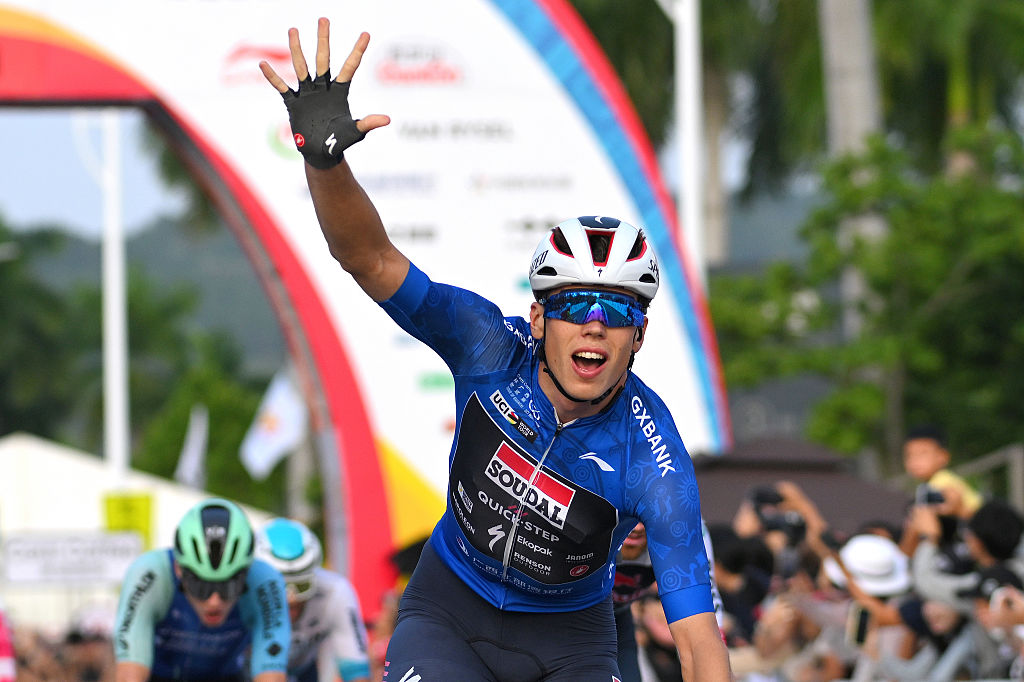USA Cycling proposes two-tiered National Racing Calendar
New points system to favor UCI-sanctioned races
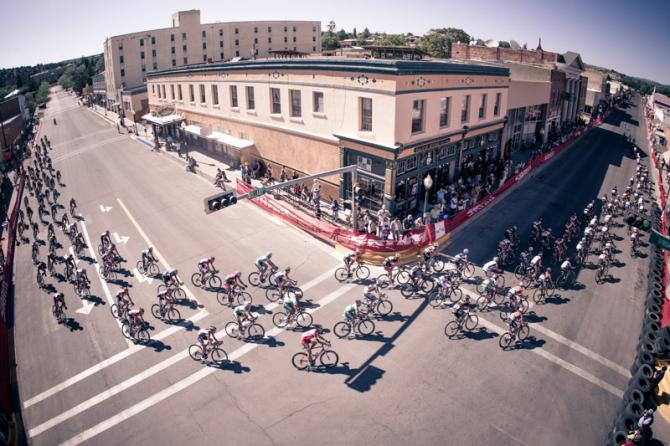
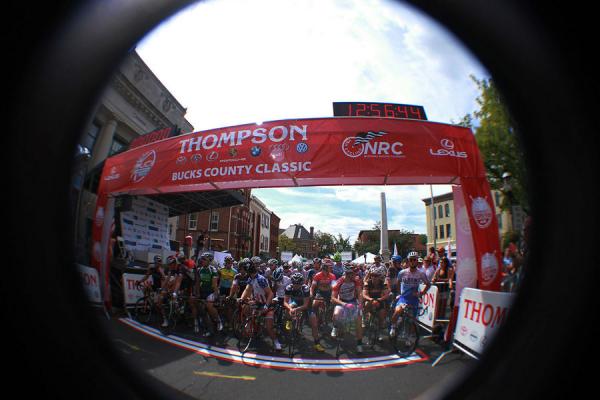
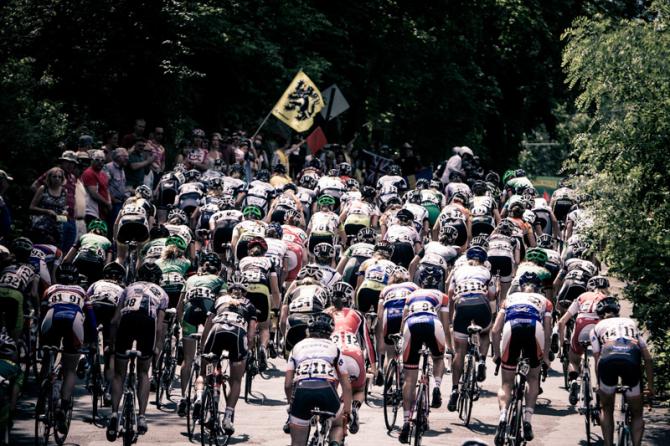
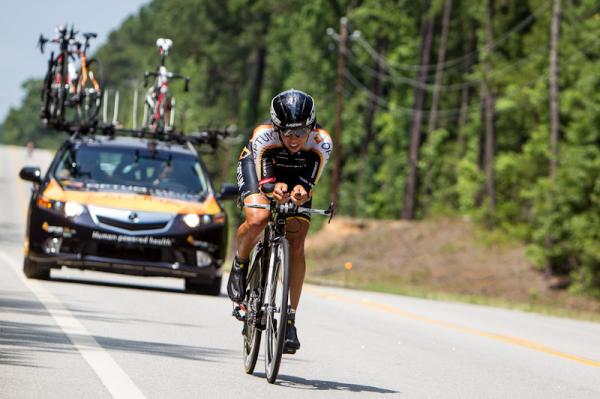
USA Cycling will change the ranking and points structure of its National Race Calendar for 2013, putting an emphasis on UCI-sanctioned events and tightening the differences in series points that individual races award. But not everyone is happy with the changes or how they were implemented.
Micah Rice, USAC vice president for national events, told Cyclingnews the new structure would create a two-tiered ranking system, with UCI races occupying the top tier and non-UCI races forming a second tier. The NRC previously featured a five-tier ranking system, ranging from 2.4 to 2.HC for stage races and 1.4 to 1.HC for one-day events. Points differences between rankings jumped from 40 to as much as 100.
Although USAC has not yet released the final details, under the proposed two-tiered system, the SRAM Tour of the Gila in New Mexico would likely supplant the Nature Valley Grand Prix as the NRC's top-ranked stage race, while two Pennsylvania one-day races, the Keystone Open in Philadelphia on July 7 and the Thompson Bucks County Classic in Doylestown on Sept. 14, would likely be the only other races to qualify for the national calendar's top tier.
“We wanted to revamp it a little bit, to make it a little simpler and less subjective,” Rice said. “And we wanted to make it a little more competitive, so we kind of narrowed those points differences down a little bit to make it more interesting.”
The 10-race NRC series starts with the Redlands Bicycle Classic on April 1-4 in California and concludes September 14 with the Thompson Bucks County Classic. Francisco Mancebo won the men's individual title the past two years, while Carmen Small, riding for Optum-Kelly Benefit Strategies, won the 2012 women's series.
Rice said the National Criterium Calendar, which consists of 25 competitions, including seven multi-day events, will also be run under a two-tiered ranking system in 2013. But because all of the NCC events have been submitted to the UCI's criterium calendar, race rankings will be based on a list of categories such as quality of organization, technical direction, marketing, crowd size, live webcast media interest and coverage, depth of field, prize money and longevity.
“You check a number of boxes on what you have,” Rice said. “And if you check a certain number of boxes then you make it to the upper tier.”
The latest race content, interviews, features, reviews and expert buying guides, direct to your inbox!
The NRC rankings previously worked in a similar fashion, but that changed in November during USAC's team and race directors' summit in Colorado Springs. Rice said he and other USAC staff met with team directors during a breakout session at the summit and worked out a proposal for the NRC's two-tiered system. Those changes were presented during a joint meeting of the teams and the race directors, Rice said, and facing no objections at the time were put in place for a one-year trial run.
But Rice's version of how the changes were introduced was partially contradicted by several people who attended the Colorado Springs summit. Cyclingnews spoke with multiple sources who said race promoters were not privy to the proposed changes before Rice briefly presented them at a session that was supposed to focus on the National Criterium Calendar.
“We had no idea that Micah had met privately with the teams or that the NRC rankings would be a topic in a session that the agenda stated would be devoted to the NCC,” said a race promoter who also requested anonymity for this article. “He invited us to follow up with concerns, but when we tried, it did no good.”
Rice characterized any claims that he blindsided race promoters as “ridiculous,” emphasizing that the subject was presented when all of the stakeholders were in the room, and it faced no objections at the time. Moreover, subsequent conversations via conference call and email failed to immediately produce a consensus among the race directors about how they wanted to proceed, Rice said, and so he decided to move forward with the two-tiered proposal for 2013.
“Two of the three stakeholders are pretty happy with this,” Rice said. “And the third stakeholder couldn't decide what they wanted to do. So that's when I kind of said, 'Well, we'll move forward with this for a year and talk about it again.' There's plenty of arguments back and forth on this and that, but we're going to try it for a year and then see how it went, and then when we have these meetings again in November we'll have more discussion about it.”
Some of the promoters' questioned whether a ranking system based solely on UCI sanctioning would serve to popularize the sport as efficiently as a multi-leveled system based on a host of predetermined best practices designed to promote cycling.
The problem is compounded for a race like the Nature Valley Grand Prix because the criterium-heavy event wouldn't qualify for UCI-sanctioning in its current format. The UCI traditionally does not allow criteriums in its stage races, Rice said, and USAC had to seek an exemption for the Tour of the Gila to have just one criterium; the Nature Valley Grand Prix features three criteriums in five days.
The Minnesota race, which recently donated $30,000 to a local children's hospice as part of its non-profit charity mission, would have to change its format substantially or give up the top-ranked NRC status it has traditionally banked on to help promote itself.
Although USAC would ultimately like to see more races make the jump to become UCI, Rice said, the governing body is not trying to force anybody's hand.
“There are a lot of reasons why some people don't want to be UCI, and we get that,” he said. “We don't necessarily want to push everyone toward being UCI. Some people have a reason to be UCI and some people don't. Some people might want to take that step, and some people might want more criteriums in their event. So there are a lot of reasons why people make the decision to go UCI or to not go UCI.”
One advantage UCI races have over non-sanctioned races is that both Pro Continental teams like UnitedHealthcare and amateur teams like Cal Giant-Specialized are eligible to participate in 2.2 events. Because any races 2.1 and above are not eligible for the NRC, amateurs would not be excluded from NRC races that moved toward UCI sanctioning.
“The whole idea behind the NRC is really that of a stepping stone to the stage race or Olympic style, European style events,” Rice said. “It's a way for some of these smaller teams – small domestic pro teams or even riders who are not pro yet – to be able to race against some of these bigger, better riders and get more experience at that level so maybe some day they might be prepared for a [USA] Pro Cycling Challenge or a Tour of Utah.”
With the changes already in place for this season, race directors opposed to the new system will have a year to build support before they make the case in Colorado Springs next fall for a more nuanced ranking system.
Growing up in Missoula, Montana, Pat competed in his first bike race in 1985 at Flathead Lake. He studied English and journalism at the University of Oregon and has covered North American cycling extensively since 2009, as well as racing and teams in Europe and South America. Pat currently lives in the US outside of Portland, Oregon, with his imaginary dog Rusty.
